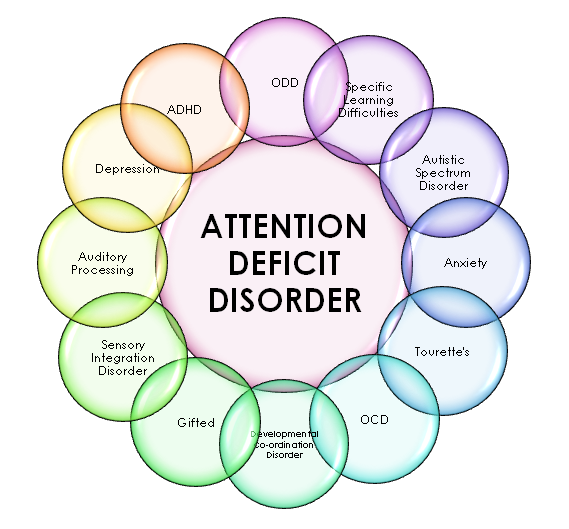


The next symptom in the DSM-5 is running or climbing in situations where it's inappropriate to do so. So if they have a designated work area, and they may be getting up pretty frequently, or if they're in long meetings or at a restaurant for a long period of time, they might not feel comfortable staying in that seat for an extended time period,” Breeden said. “For adults, that can be leaving their spot in their workplace. Further, the second symptom of this ADHD type is going to be often leaving their seat in situations when remaining seated is expected. The first symptom of hyperactivity/impulsivity in adults with ADHD is fidgeting, tapping their hands or feet, or squirming in their seat, which can be a similar presentation for both children and adults, according to Breeden. So, if the symptoms are bothersome to them and interfering with their day-to-day functioning, that would qualify.” “Then the last thing is that it does have to reduce their quality of life. It has to be across the board in multiple settings,” Breeden said. “So it can't be that we're just struggling at work or struggling when we're at school. For children, those 2 settings are likely school and home however, for adults, those settings will likely be in their work setting and then also in their home or social life. So even if you do have an adult who's presenting for diagnosis for the first time in their late 40s or 50s, we still need to look back at those childhood symptoms and make sure that they were present before age 12,” Breeden said.Īnother criterion is that adults with ADHD must have symptoms present in at least 2 or more settings. “Another thing is that these symptoms do have to be present prior to age 12. On the other hand, for patients with severe symptoms, they probably have more symptoms than the diagnosis criteria require, and these symptoms will likely be heavily impacting their quality of life. Among these categories, mild would mean that patients hit those 5 symptoms per category, but there is not as much impairment to their lives. Within the diagnosis subtype, there is also categorization based on intensity of symptoms, with the categories being mild, moderate, or severe. “We have to have 5 from both categories to get that combined presentation.” “That does not mean we have 3 of one and 2 of another,” Breeden said. However, in the combined presentation, adults with ADHD would need to have 5 symptoms of inattention and at least 5 symptoms of hyperactivity and impulsivity. For the predominantly hyperactive/impulsive type, this would again require 5 symptoms for adults or 6 for children. With the predominantly inattentive type, which would mean that you have at least 5 or more symptoms of inattention for adults or 6 or more for children.

For older adolescents and adults, they need to have 5 or more symptoms of either the inattention type of ADHD or the hyperactivity/impulsivity type for children, they would need to have 6 or more symptoms, according to Breeden. Now, ADHD is more commonly used as the overarching diagnosis, with 3 different subtypes: predominantly inattentive, predominantly hyperactive/impulsive, and combined presentation.īreeden explained further that when looking at the diagnosis criteria for ADHD in the DSM-5, there is going to be a difference in the presentation of symptoms in a child versus in an older adolescent or adult. “The criteria are that there is going to be a persistent pattern of symptoms, and it does have to interfere with functioning or development for the patient.”īreeden noted that the term attention-deficit disorder (ADD) was used more in the past, but it has been phased out. “ADHD is characterized as a pattern of inattention and or hyperactivity or impulsivity,” Breeden said during the presentation. Even though adults with ADHD may not be running or climbing on things when it's inappropriate like children with ADHD might, adults with ADHD may still feel uncomfortable sitting still for a long time. For adults with attention-deficit/hyperactivity disorder (ADHD), the overall theme with hyperactivity and impulsivity is going to be restlessness, explained Elizabeth Breeden, PharmD, CPP, during her presentation at the APhA 2023 Annual Meeting & Exposition.


 0 kommentar(er)
0 kommentar(er)
